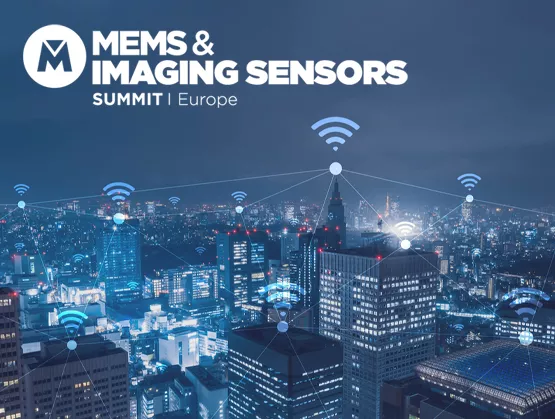
New MEMS and sensors technologies promise a bright future in an era of augmented reality, autonomous mobility, and digital healthcare
Sensors are at the heart of some of the biggest technology transformations that are reshaping the world, from vision and ranging systems essential to autonomous mobility and miniature cameras in smart glasses to ingestible sensors promising new methods to monitor patient health. The MEMS & Imaging Sensors Summit in September in Grenoble, France made clear that the technologies are playing a growing role in powering the global semiconductor industry’s projected expansion to a landmark $1 trillion in revenue by 2023.
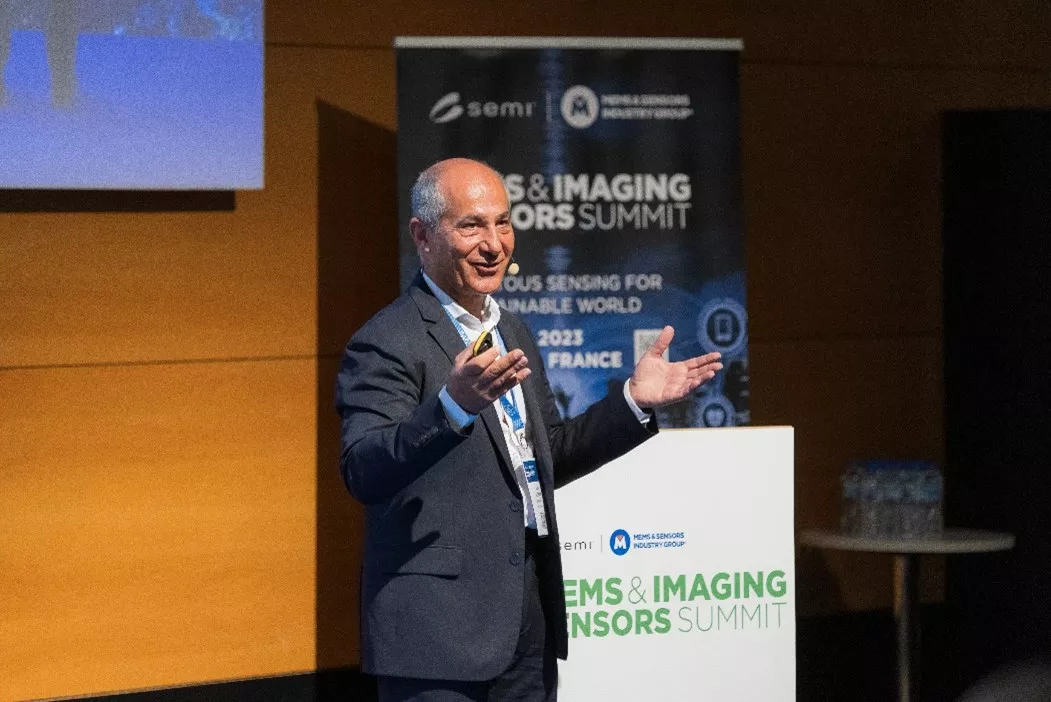
Laith Altimime, President of SEMI Europe
Europe Fertile Ground for MEMS and Sensing Innovations
“Europe is very strongly positioned in this sector,” SEMI Europe President Laith Altimime said in his opening remarks, noting that Europe is home to Bosch, the MEMS industry leader, STMicroelectronics, and a broad MEMS ecosystem. “However, we cannot do it alone in Europe. We need to collaborate globally if the industry is to realize its potential.”
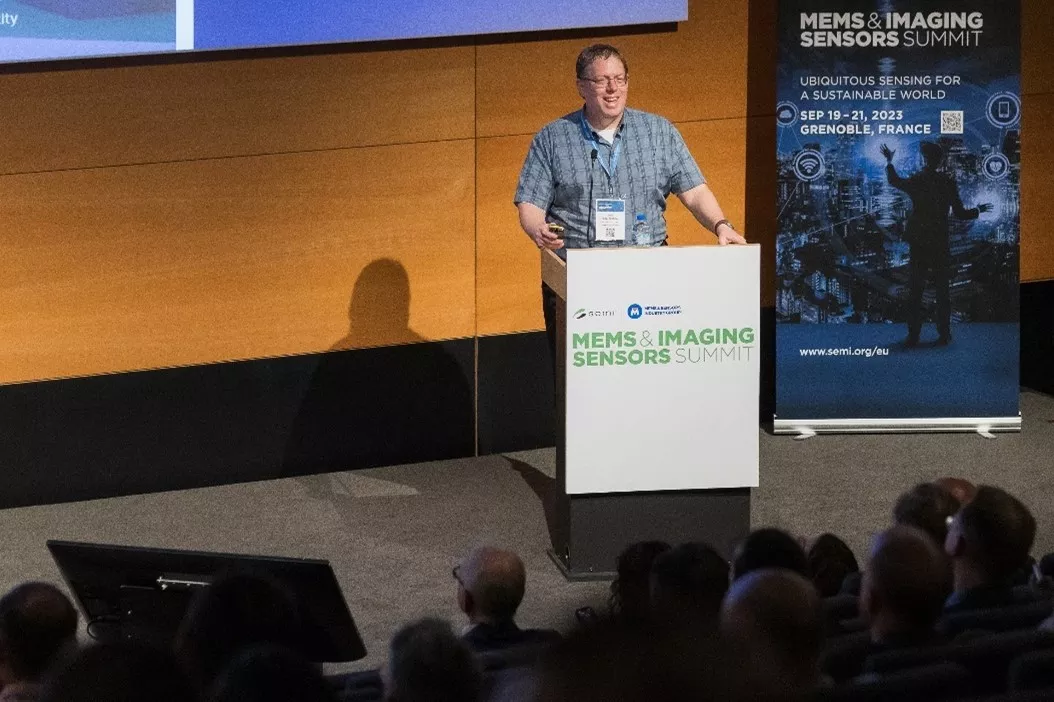
Hod Finkelstein, Head of Cameras and Depth, Reality Labs at Meta
Reflecting this appeal to the global sensor community, keynote contributions came from experts at two US tech giants – Meta and Google. Hod Finkelstein, Head of Cameras and Depth at Meta’s Reality Labs, described the wide range of imaging sensors required in the augmented, mixed, and virtual reality (or xR) glasses and headsets under development at Meta. He declared, “Meta believes that in at most 20 years from now, the consumer’s main interface to information will not be the phone, it will be smart glasses.”
Bernard Kress, Director of Optical Engineering at Google, told delegates, “MEMS technology is key to the development of new generations of smart glasses and other augmented reality devices.”
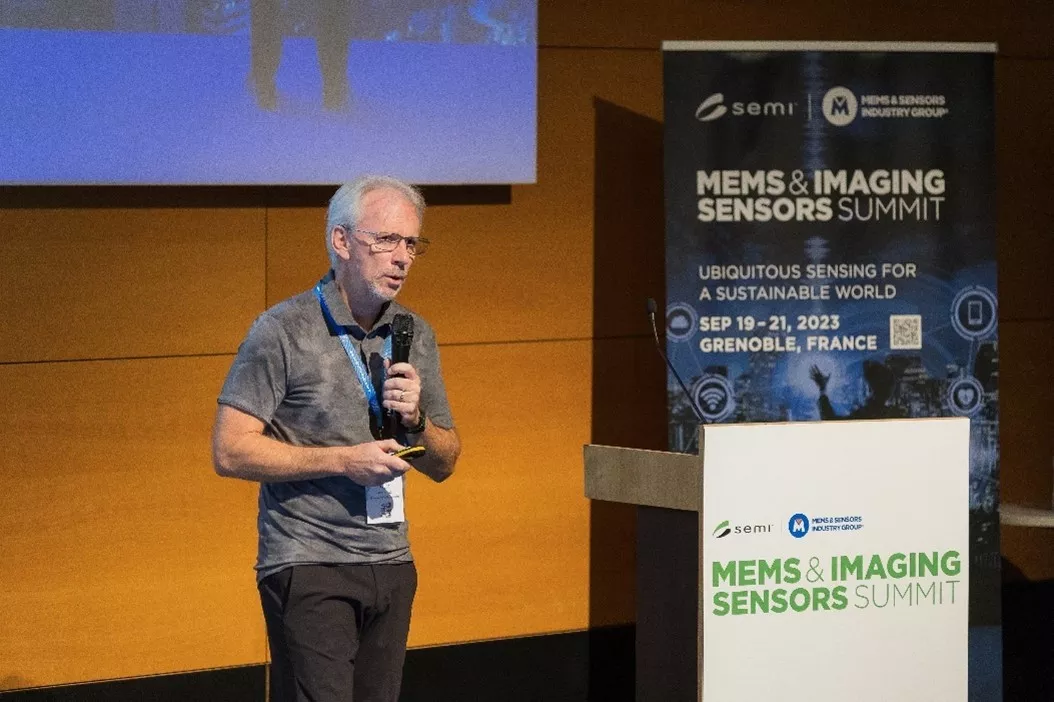
Bernard Kress, Director, Optical Engineering - AR Hardware at Google
If Meta’s prediction comes true, consumer electronics will create huge demand for new MEMS and sensor technologies. As Kilian Bilger, VP of Engineering at Bosch, told summit attendees, MEMS technology is already firmly entrenched in the automotive market, underpinning functions such as pressure sensing, inertial navigation, and automated driving. On this, he noted that the pace of technology development is rapid, citing the latest SMU2 inertial measurement unit, which “achieves substantially better performance than earlier products, giving a lateral position error of just 15cm after a navigation system’s loss of satellite signal for 10 seconds.”
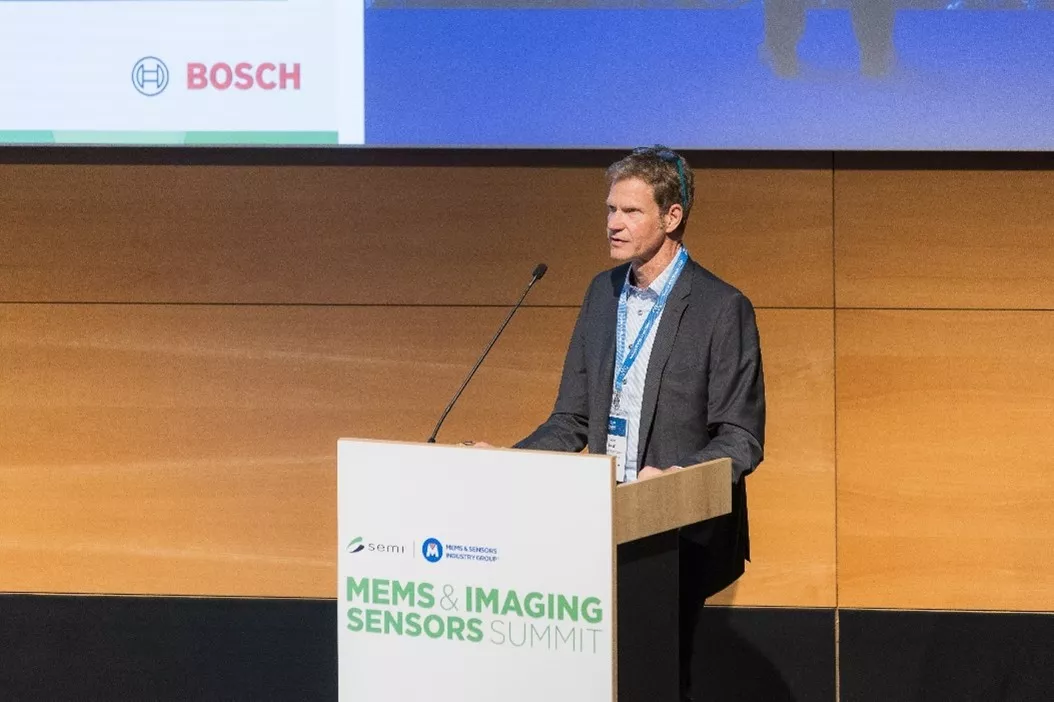
Kilian Bilger, VP, Engineering Sensor Components at Robert Bosch GmbH
Amid the excitement about the industry’s growth, there was a word of caution from Isabella Drolz, VP of Product Marketing at Comet Yxlon. She highlighted the talent shortage that continues to loom over the semiconductor industry and presented research from McKinsey & Company underlining that graduates in STEM subjects today state a preference to work at technology and automotive companies rather than in semiconductors. She implored the audience in her closing, “Let’s make semiconductors the industry of choice for young people.”
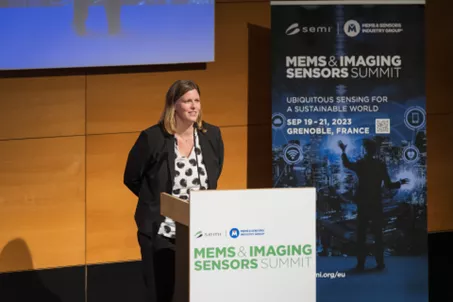
Isabella Drolz, VP Product Marketing at Comet Yxlon
Manufacturing Breakthroughs Point to Exciting Future
Speakers were united in their projection that technological requirements for xR headsets and other applications for higher performance and miniaturization will be met due to the considerable advances in manufacturing technologies. Most notably, 3D wafer-to-wafer or die-to-wafer stacking has become a mainstream technology for high-performance computing. Abul Nuruzzaman, VP of Sales (Technology and IP Licensing) at Adeia, described how his company’s hybrid bonding technology can also be used to combine sensor, logic, and memory dies in one integrated device.
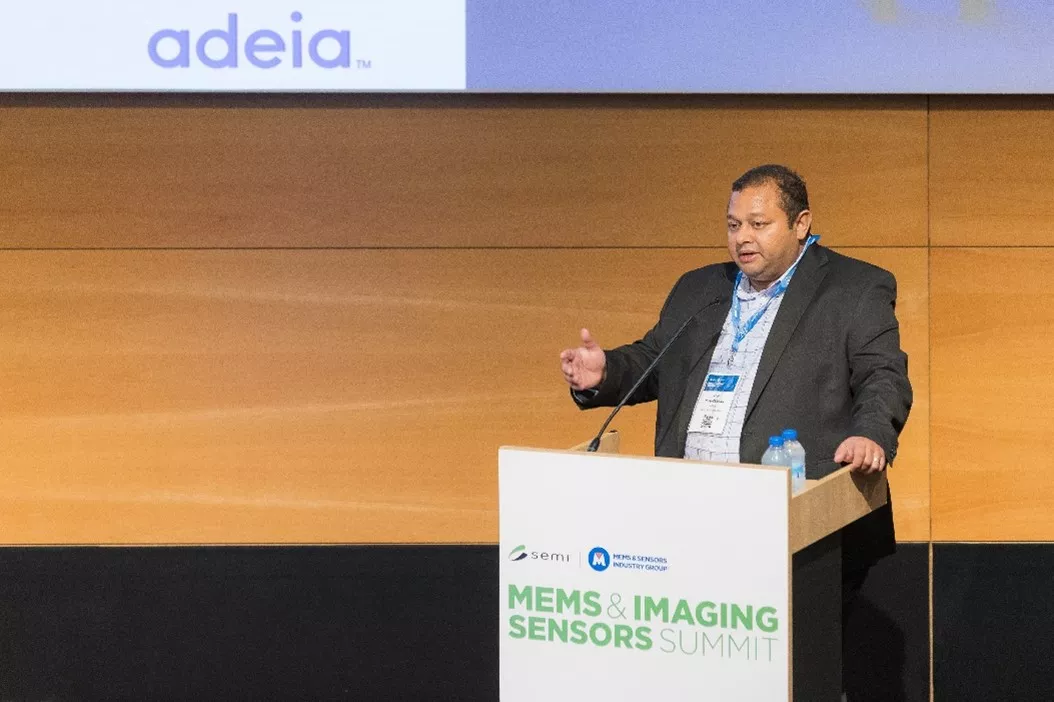
Abul Nuruzzaman, VP, Technology and IP Licensing at Adeia
Improvements in the techniques of die bonding continually emerge. Julia Brückner, Global Applications and Product Engineering Manager of Corning Incorporated, described how the recipe for glass-based substrates can be fine-tuned to provide a perfect match to the coefficient of thermal expansion (CTE) of the silicon in MEMS devices. “CTE tuning produces lower stress in the anodic bonding process, resulting in better yields, higher component reliability, and better output from subsequent processes,” she explained.
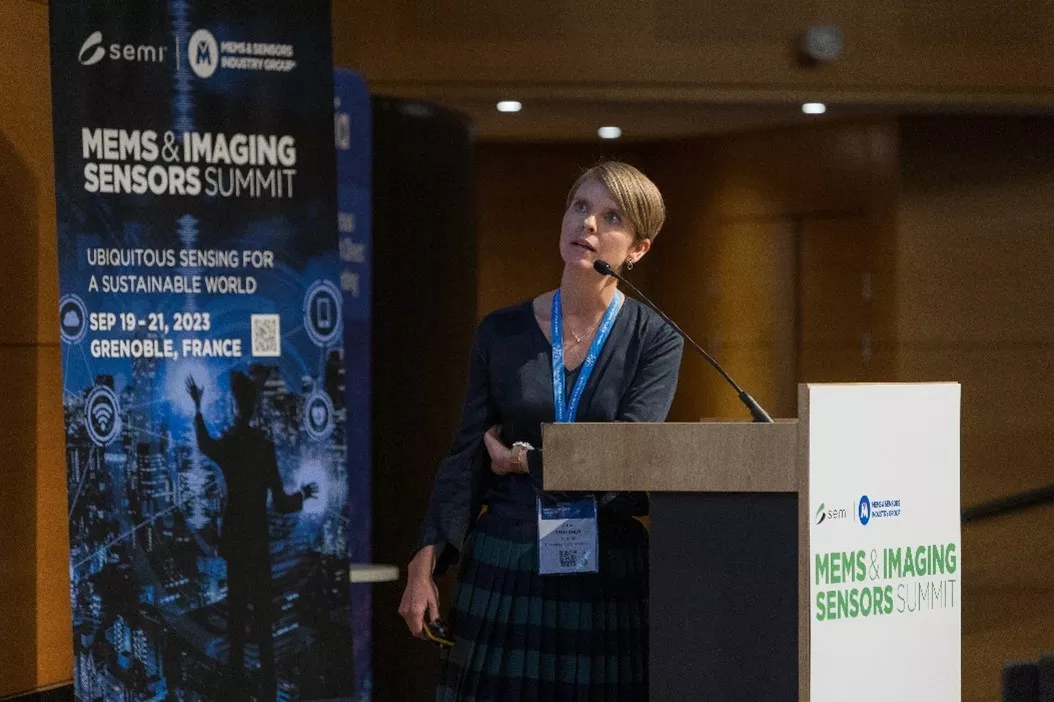
Julia Brückner, Global Applications and Product Engineering Manager for the Packaging & Wafer Business Unit at Corning Incorporated
An entirely new process called Microchannel Particle Deposition (MPD) offers great promise for the fabrication of features in MEMS devices, such as the sensing element in MOX gas sensors. Thomas Russell, CEO of MPD developer Mesoline, described how MPD enables ultra-precise deposition of inks that flow through microchannels in a polymer stamp applied directly to the wafer.
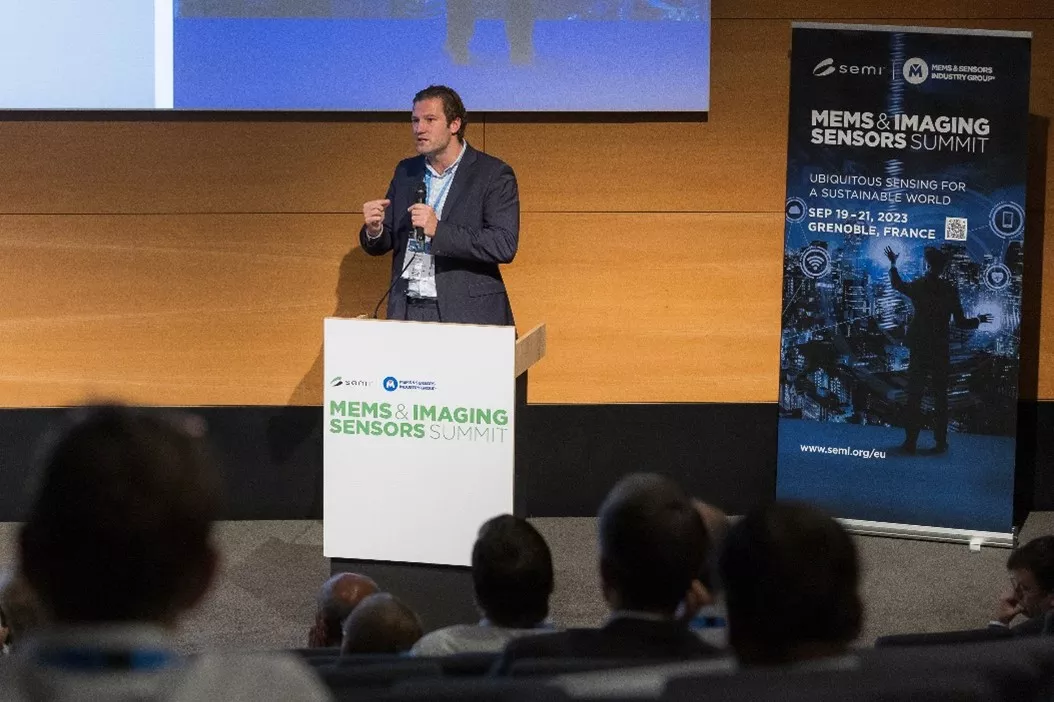
Thomas Russell, CEO of Mesoline
Another innovation introduced at the Summit was the metalens. Theodor Nielsen, CEO of NIL Technology, described how his company uses nano-imprint lithography to create a flat, diffractive lens consisting of billions of nano-optical elements. A replacement for traditional curved, refractive lenses, the metalens is “simpler, smaller, and more integrated – and it’s flat,” making it a potentially game-changing technology for xR headsets.
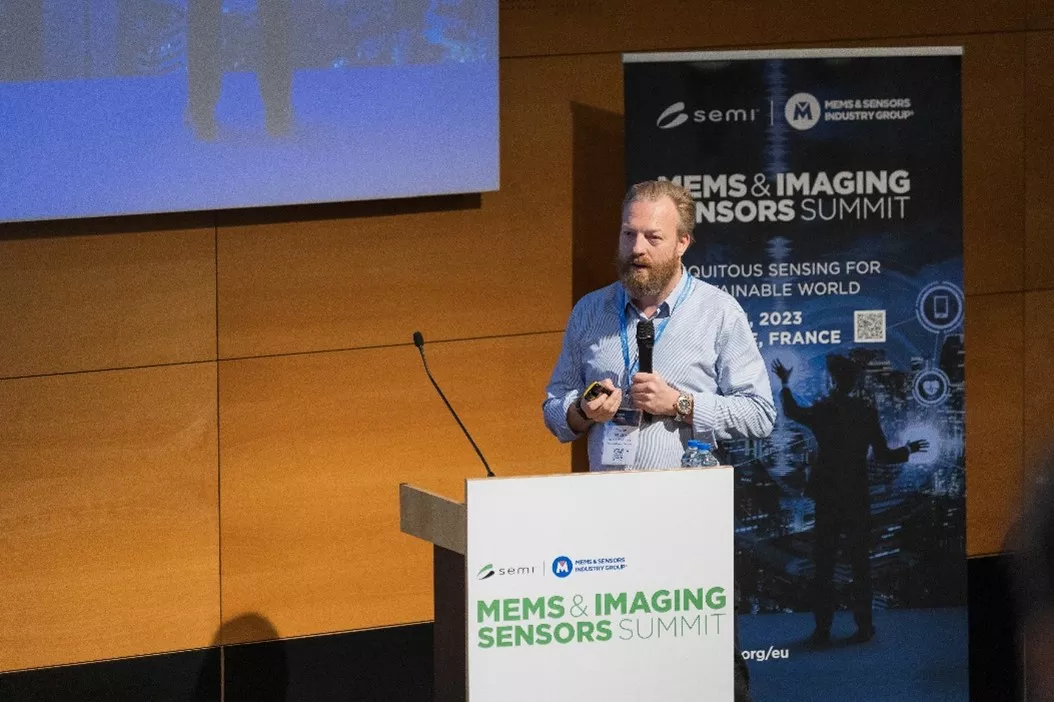
Theodor Nielsen, CEO of NIL Technology
New Applications, New Opportunities
The new capabilities in MEMS and sensor manufacturing are sparking exciting innovations. Dr Ying Lia Li, CEO and founder of Zero Point Motion, described her start-up’s application of field cavity optomechanics to ultra-precise motion sensing: more accurate and sensitive than today’s capacitive MEMS motion sensors by orders of magnitude, Zero Point Motion sensors could transform fields such as inertial navigation.
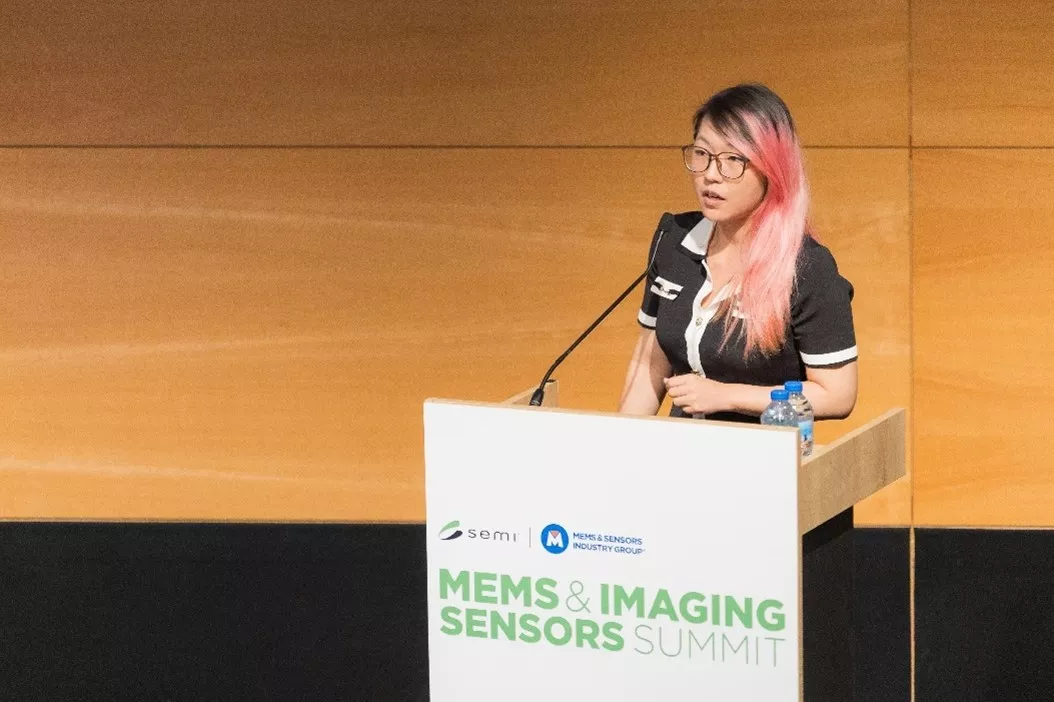
Ying Lia Li, CEO and founder of Zero Point Motion
Miniaturization is the key benefit of the solid-state speakers described by SonicEdge CEO Moti Margalit. Built with standard MEMS microphone manufacturing processes, the SonicEdge speakers function as an air pump. Compared to the traditional speakers used in small devices such as earbuds, the SonicEdge speakers are “10 times smaller, have a lower power budget, offer a more linear response, and a much wider bandwidth,” he noted.
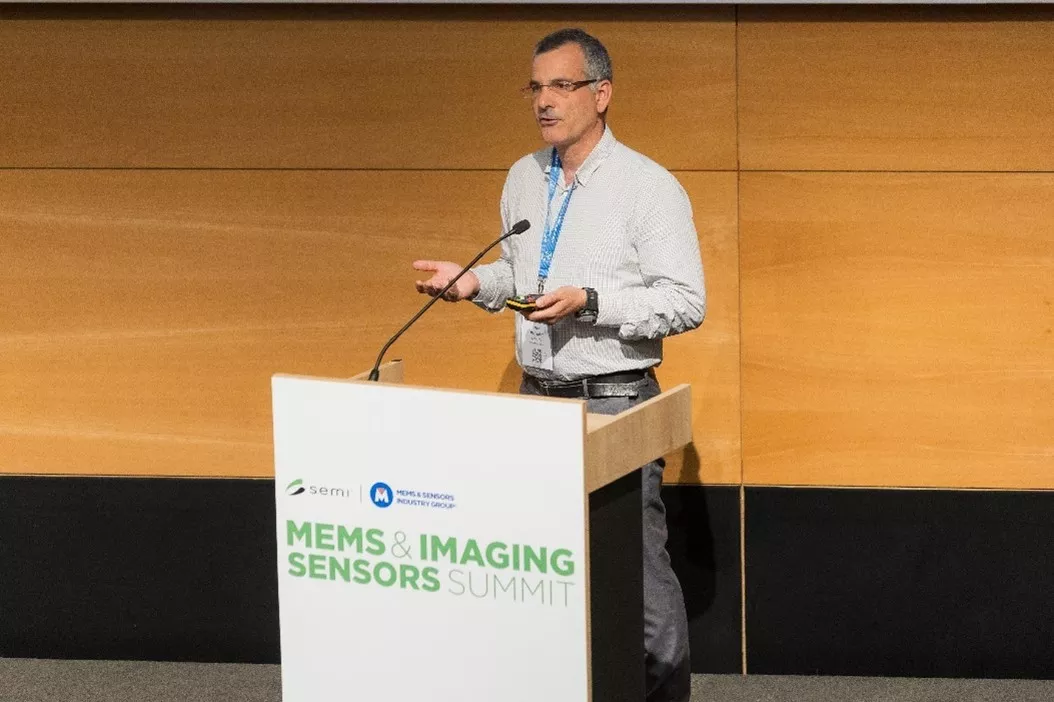
Moti Margalit, CEO of SonicEdge
Benefiting from traditional MEMS manufacturing processes, the minuscule solid-state batteries described by Philippe Andreucci, CEO of Injectpower, are as thin as a human hair, and are small enough to be ingested or implanted to power miniature diagnostic devices. Meanwhile, applications that run on microwatts of power are the target for the GAP9 microprocessor introduced by Martin Croome, VP of Marketing at GreenWaves Technologies. Croome said it is ideal for low-power functions that process MEMS audio signals – hearing enhancement or active noise cancellation in earbuds are good examples.
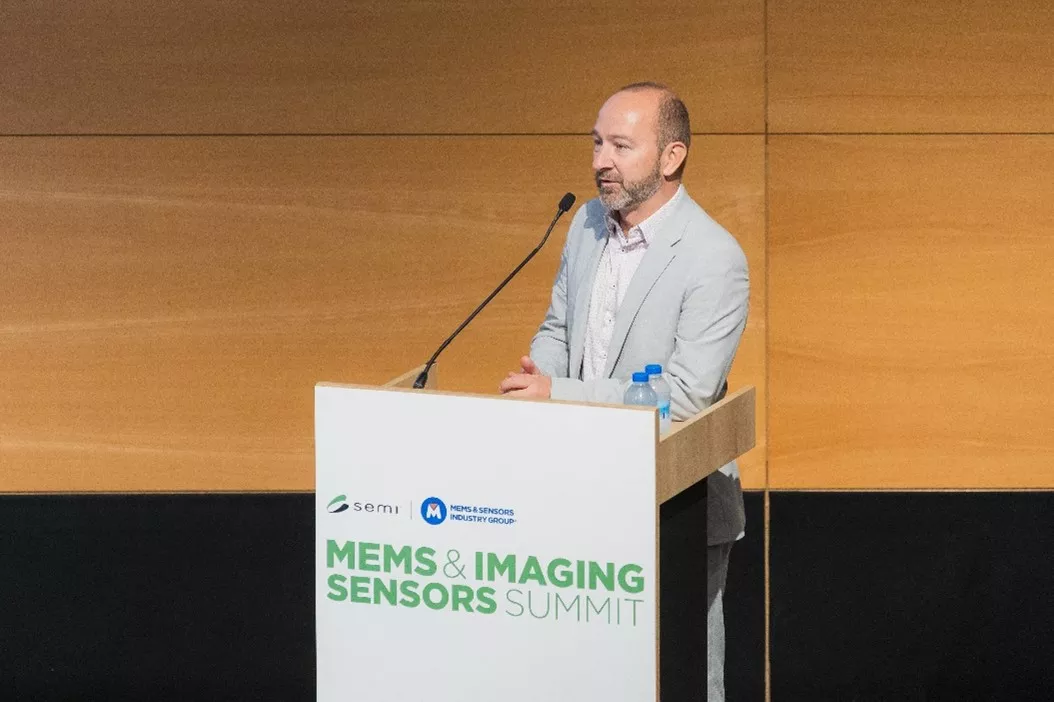
Philippe Andreucci, CEO of InjectPower
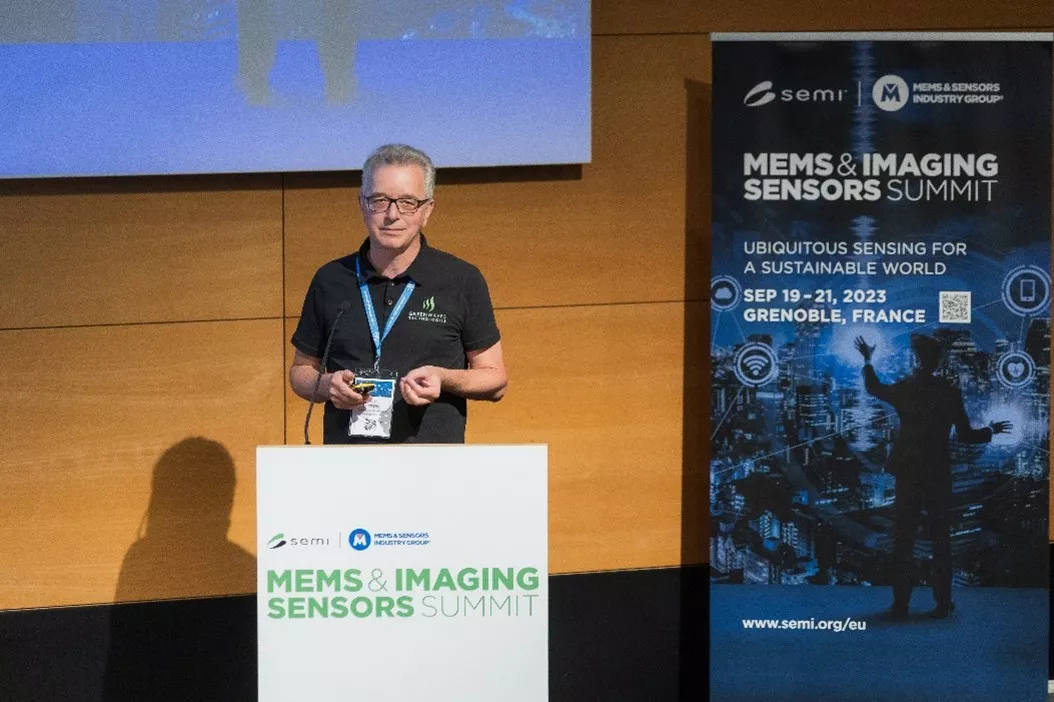
Martin Croome, VP of Marketing at GreenWaves Technologies
Broad Spectrum of Applications
In his closing, Philippe Monnoyer, Customer Account Lead for Hyperspectral and Microelectronics of VTT and Chair of the Summit’s organizing committee, exclaimed that the breadth of the presentations made him feel “like a kid in Disneyland.” He proclaimed that delegates would leave the Summit with the knowledge that MEMS and sensing were truly ubiquitous – “from detecting disease inside the body to detecting wildfires from space” – and had a bright future ahead.
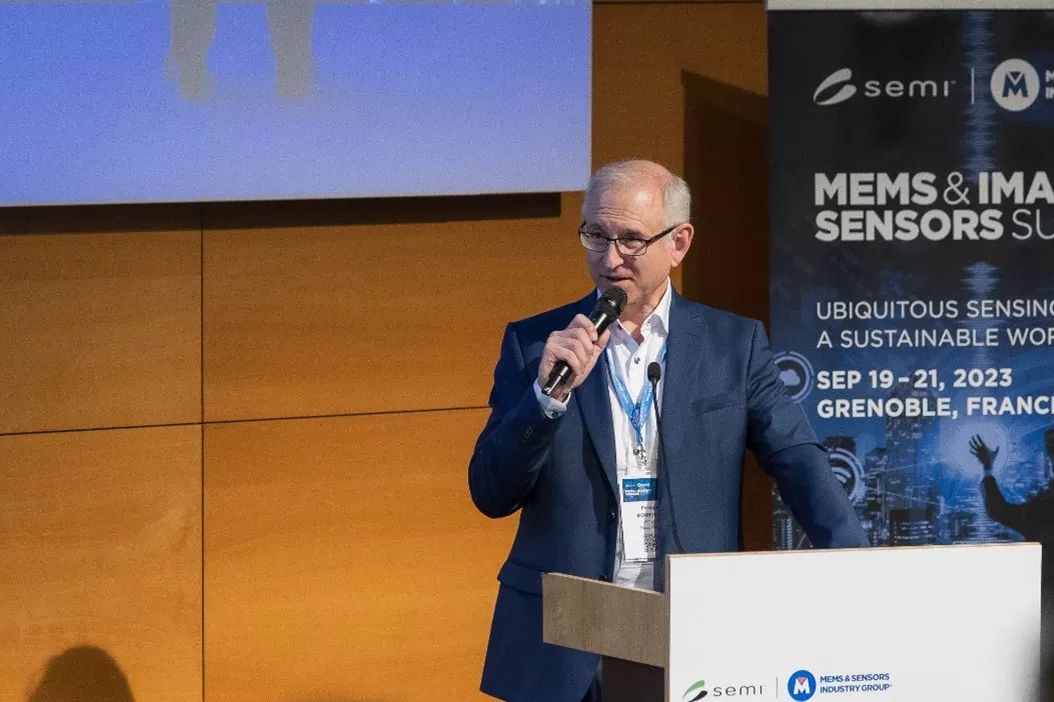
Philippe Monnoyer, Customer Account Lead, Hyperspectral and Microelectronics at VTT
Cassandra Melvin is senior director of Business Development and Operation at SEMI.